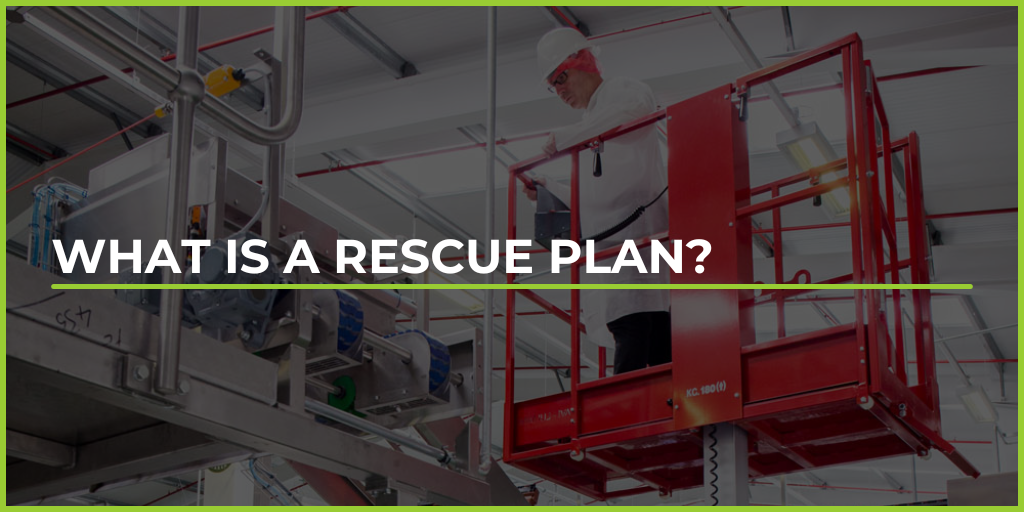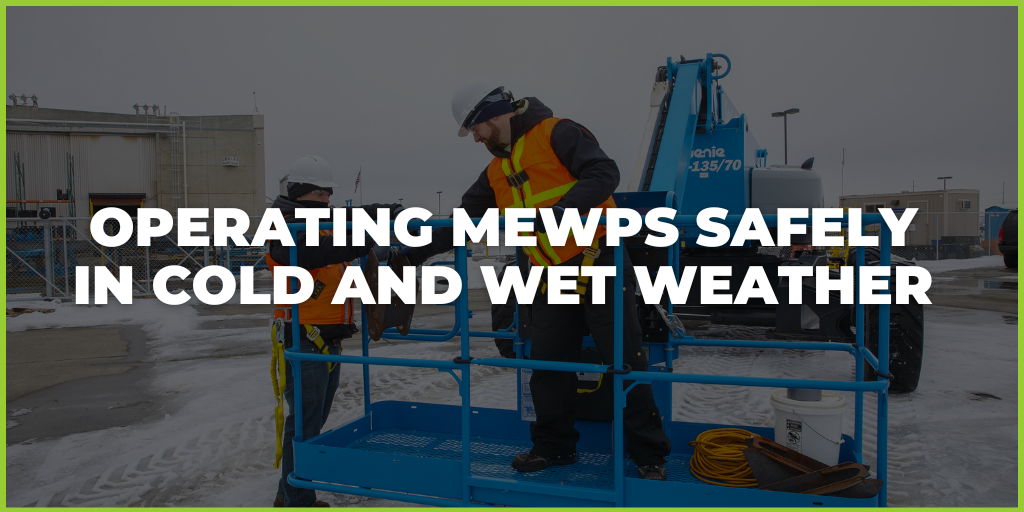What is a rescue plan?
A rescue plan will support your risk assessment planning and is designed to provide a safe method of rescue for personnel involved with working at height and to minimise the risk of injury in an emergency. When working at height using, for example, a scaffold, tower, ladder, bespoke platform, cherry picker, or MEWP, it is essential that you have a well-considered and thought-through rescue plan in place, and it is shared with all concerned.
What Is the purpose of a rescue plan?
In the UK, over three million people work at height as part of their job, posing numerous risks. Falls from height remain the biggest cause of fatal and life-changing accidents each year. In a report by the Health and Safety Executive (HSE), 40 workers sadly lost their lives due to a fall from height. These statistics emphasise how essential it is for you to take adequate measures and have a rescue plan to keep everyone safe.
Many of the potential hazards are obvious, but for those who are only working from height a few times a year, it is easy for Managers and Leaders to overlook the risks.
- The HSE states that the Work at Height Regulations 2005 apply to all work at height ‘where there is a risk of a fall liable to cause personal injury.’ Every employer must plan for emergencies and rescue's when planning any work at height activities. This can help to prevent accidents, injuries, and even fatalities.
- To make sure operators are safe and can be accessed quickly in a case of an emergency, it is important to have clear procedures and protocols in place.
- The promptness of a rescue and the speed with which a worker who has fallen from a height is retrieved can significantly affect the severity of their injuries. Delays in the retrieval process can cause physical and psychological consequences for the worker involved.
- In the event of an accident, the rescue plan enables the worker to be safely retrieved while simultaneously contacting the emergency services. This ensures that the worker can receive prompt medical attention, which is essential to prevent the injury from worsening or becoming fatal.
When should you have a rescue plan?
A rescue plan should be implemented whenever there is a potential for accidents or emergencies when working at height, such as when:
- A MEWP stops due to lack of no fuel or a low battery.
- There is a MEWP malfunction.
- The platform is overloaded.
- Operator/occupant is distressed (health issues, and entrapment).
What should be considered when creating a rescue plan?
- The type of equipment that will need to be provided by the employer that is adequate, suitable, or necessary for a rescue situation.
- The stress and demands on the rescuer, could be overwhelming and challenging.
- The training that is needed for the rescuer before they can perform rescue tasks, such as being aware of how to attach the individuals to the rescue equipment and move them safely and quickly.
- The maintenance of the rescue system and its efficiency.
- MEWP technical advice may be needed during the planning process.
- How the equipment will be set up for the different types of rescues: lowering a casualty, raising a casualty, self-evacuation by descent or rescuing someone else who is in descent.
IPAF MEWPs For Managers Course:
The one-day course covers everything from planning the job and completing a risk assessment, to selecting the right equipment and mitigating all possible risks.
HLS MEWP Operator Training Course:
Prepare and safely operate various types of MEWPs. Be aware of the correct emergency procedures, capacities, and limitations to enable safe operation.
The rescue plan should include the following information:
- A description of the working at height rescue that will be undertaken and the location.
- Provide contact details and names of the competent person carrying out the rescue plan and emergency contact If medical assistance is required.
- Details of the equipment to be used in the event of a rescue, such as ladders, a mobile elevating work platform, rope, scaffold, pole, or a first aid kit.
- A description of the location where the equipment is stored.
- Has the rescue equipment been inspected to ensure that it is suitable for its intended purpose.
- Are individuals trained and familiar with the use of the equipment being provided?
- Identified rescue factors including anchor points, landing areas, and obstructions or hazards.
For further guidance on rescue planning, click on the link to Download our free Rescue Plan Template.
Please find below an example of a Rescue Plan Template that has been filled in.

HLS offers a comprehensive site survey service to assess and evaluate your working at height environment. Our team of experts identify the equipment requirements, discusses your training and maintenance needs, and provides recommendations and an action plan based on the survey results. The site survey aims to provide efficient and effective solutions to optimise workplace safety and enhance productivity.
To learn more about our site survey service, please visit https://www.hls.co/services/work-at-height-survey or contact our team https://www.hls.co/contact.




